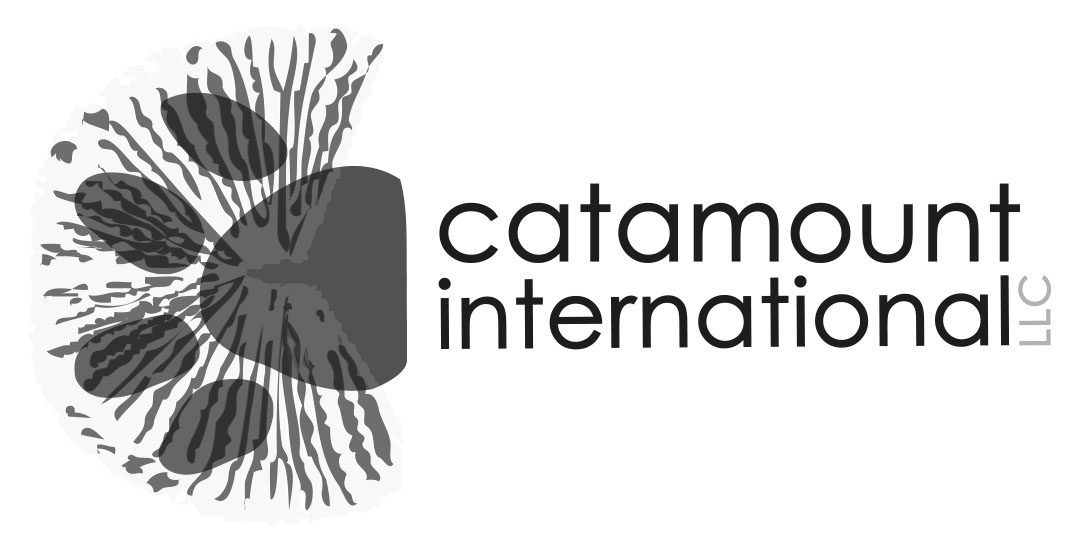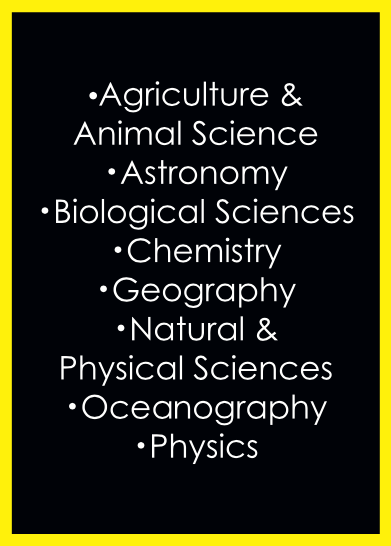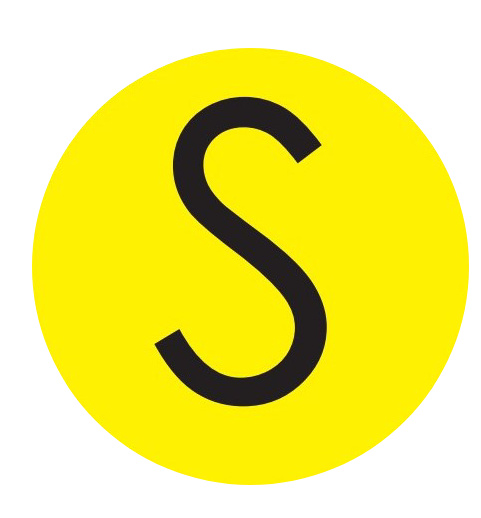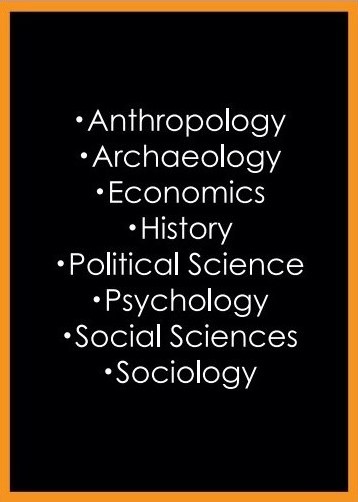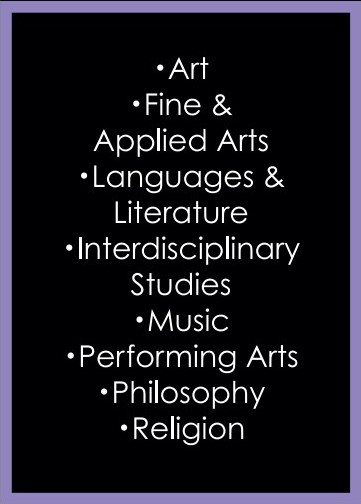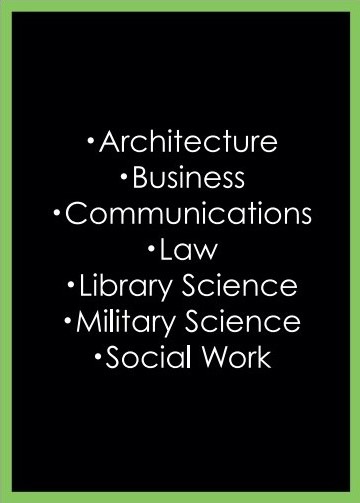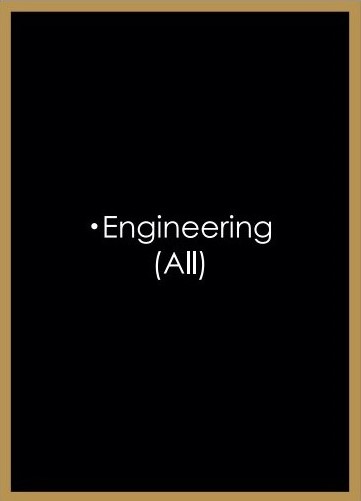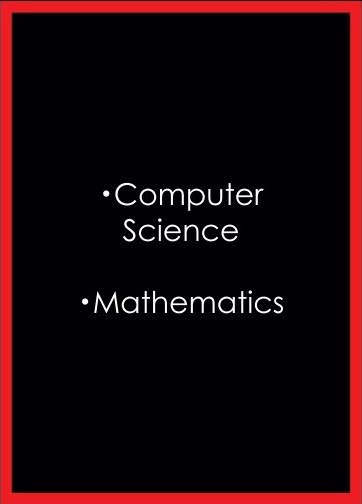The Visual Elements
Breve Descripción
El fotógrafo galardonado Felice C. Frankel, cuyo trabajo ha aparecido en las portadas de Science, Nature y Scientific American, entre otras publicaciones, ofrece una guía rápida para científicos e ingenieros que desean comunicar (y comprender mejor) su investigación mediante la creación de imágenes convincentes. fotografías. Como todos los libros de la serie Visual Elements, esta breve guía utiliza ejemplos interesantes para capacitar a los investigadores en el aprendizaje de la comunicación visual. Frankel resume sus célebres libros y cursos hasta lo esencial y muestra a científicos e ingenieros la importancia de pensar visualmente.
Breve descrição
A premiada fotógrafa Felice C. Frankel, cujo trabalho apareceu nas capas da Science, Nature e Scientific American, entre outras publicações, oferece um guia rápido para cientistas e engenheiros que desejam comunicar (e compreender melhor) suas pesquisas por meio de imagens. criação, convincente. Fotografias. Como todos os livros da série Elementos Visuais, este breve guia utiliza exemplos interessantes para treinar pesquisadores no aprendizado da comunicação visual. Frankel destila seus famosos livros e cursos até o essencial e mostra aos cientistas e engenheiros a importância de pensar visualmente.
Full description
For novice or pro, primary investigator or postdoc, the essentials for photographing science and technology for journals, grant applications, and public understanding.
Award-winning photographer Felice C. Frankel, whose work has graced the covers of Science, Nature,and Scientific American, among other publications, offers a quick guide for scientists and engineers who want to communicate—and better understand—their research by creating compelling photographs. Like all the books in the Visual Elements series, this short guide uses engaging examples to train researchers to learn visual communication. Distilling her celebrated books and courses to the essentials, Frankel shows scientists and engineers the importance of thinking visually. When she creates stunning images of scientific phenomena, she is not only interested in helping researchers to convey understanding to others in their research community or to gain media attention, but also in making these experts themselves “look longer” to understand more fully. Ideal for researchers who want a foothold for presenting and preparing their work for conferences, journal publications, and funding agencies, the book explains four tools that all readers can use—a phone, a camera, a scanner, and a microscope—and then offers important advice on composition and image manipulation ethics. The Visual Elements—Photography is an essential element in any scientist’s, engineer’s, or photographer’s library.
Natural Science
otras áreas de / interés...
other areas of / interest...
outras áreas de interesse...
¿Buscas libros en un área específica?
Looking for books in a specific area?
¿Procurando livros em uma área específica?



